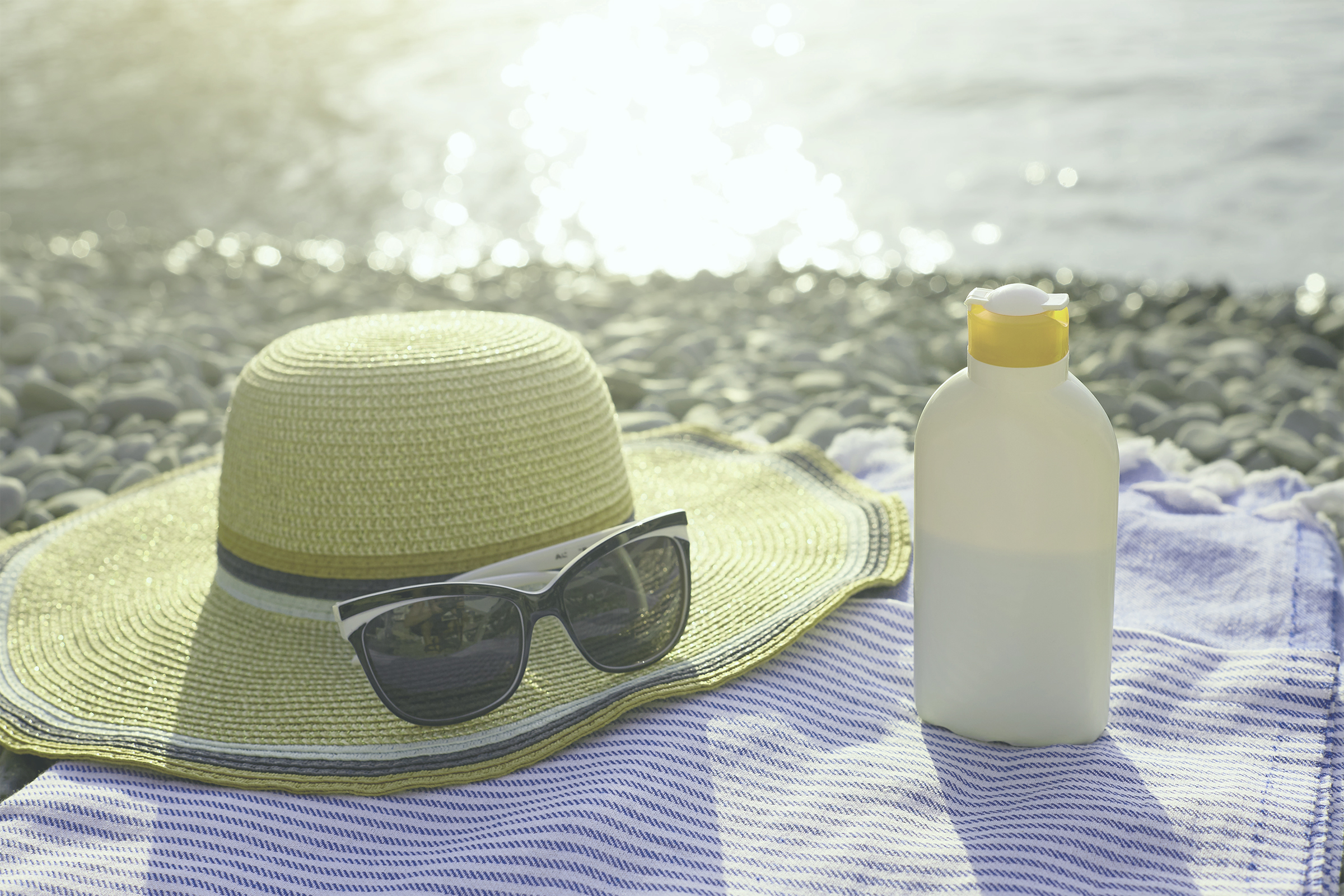Less strong UV radiation also leads to long-term damage
Research team from Australia and New Zealand shows how dangerous our exposure to UV radiation is
When is it necessary to protect yourself from too much sun? The current recommendation of the World Health Organization is: If the UV index for the day is above 3, we should use sunscreen and Co.. Researchers from Australia and New Zealand have now shown that even weak UV radiation attacks our skin to a critical extent.
The basics
The UV index, explain Richard L. McKenzie of the National Institute of Water & Atmospheric Research, New Zealand and Robyn M. Lucas of the National Center for Epidemiology and Population Health at the Australian National University, indicates when the sun is shining so brightly that that our skin would be damaged after an hour without protection. Very few people stay outside for an hour or less when the weather is nice. The hours fly by, especially when playing on the playground, on the beach or doing sports.
The type of radiation to which our skin is particularly sensitive is called erythemic UV radiation. It is specified in Standard Erythemal Doses (SED), with light skin types showing damage such as reddening after 24 hours with radiation of 2 to 2.5 SED.
According to the scientists, it has been proven that, after a short period of time, our skin suffers just as much damage when the UV index value is high as when it is exposed to low-quality UV radiation over a longer period of time. The dosage must therefore always be viewed in relation to the duration.
The UV index (UVI) is the measure used worldwide to indicate how quickly UV radiation causes us to get sunburn in one day. So it's about the strength of the UV rays. Ultraviolet rays are divided into UVA, UVB and UVC rays.
More detailed and further explanations can be found in our Sun knowledge base.
That was investigated
In their investigation, Richard L. McKenzie and Robyn M. Lucas looked at how the UVI and the SED interact.
The two scientists and their teams compared the specified UV index for the city of Lauder in New Zealand with Melbourne in Australia and other cities and analyzed how the corresponding SED developed over the course of the day.
The results
For the investigated location of Lauder, the SED fell below the safe value of 2.5 for fair-skinned people on only one day, although the number of days on which the UVI was given as below 3 was far higher. Even with low UVI, the SED value could rise to over 14 over the course of the day.
McKenzie and Lucas compared this to cities in other latitudes to rule out that it was a local phenomenon. They found that the relationship between UVI and SED is like this everywhere.
What does that mean?
On days when the peak UVI value remains below 3, but the SED daily dose rises well above the threshold value, exposed parts of the body such as the neck and face are particularly at risk because we underestimate the strength of the sun. The study states that people have to be particularly careful, especially in regions in the middle latitudes, i.e. here in Europe. In the winter months our UV index is usually not only below 3, but even below 1. The SED seldom rises above 2.5. We don't take sun protection very seriously in spring or autumn, when the sun is not that strong but is already stronger. But the dose of UV radiation that we expose our skin to during these transitional phases is, according to the research team, three times higher than on days with high UVI, when sunscreen and protective measures are a matter of course for many. This ignorance increases our risk of skin cancer many times over.
McKenzie and Lucas therefore recommend that you do without any indications that with a UVI below 3 no protection is necessary and that in addition to the radiation dose you also include the radiation output in the form of the SED value. They suggest replacing this information with behavioral recommendations that explain when, how long and with what protection we should be in the sun during the day.
Share this post
About the author: Mariana Friedrich
2 Comments
Leave A Comment
You must be logged in to post a comment.
Latest videos
- 12 minutes leg workout (no equipment)sam2019-11-28T21: 57: 46 + 00: 00
12 minutes leg workout (no equipment)
- 15 minutes high intensity full bodysam2019-11-28T21: 56: 38 + 00: 00
15 minutes high intensity full body
Join our mailing list today
Insider offers & flash sales in your inbox every week.
Error: Contact form not found.
Curabitur non nulla sit amet nisl tempus convallis quis ac lectus dolor sit amet, consectetur adipiscing elit sed porttitor lectus.




[...] are, but only that we can move around in the sun longer without protection. The dose of UV radiation adds up, which means: If you spend a long time in moderate UV areas without protection, you can […]
[…] The longer we stay in the sun, the more its rays affect our skin. Our body can deal with some of the UV rays on its own. We see it when our skin tans. But that doesn't last very long. If we exceed the threshold of self-protection, our skin burns. And it doesn't matter whether we're outside for five hours with a lower UV index, or half an hour... [...]